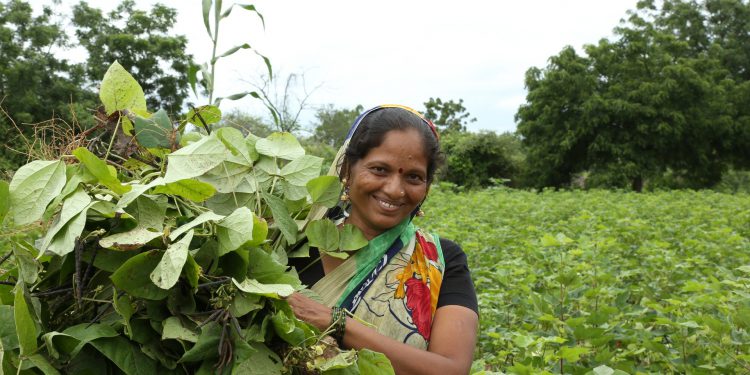One per cent of the world’s largest farms operate over 70 per cent of global farmland, and nearly 40 per cent of agricultural land is on farms larger than 1,000 hectares.
Failing to acknowledge large farms, whether they are family owned or not, creates a danger that their environmental impact and their role in big business could be overlooked by policy makers.
A new report says, “In efforts to achieve more sustainable production, it will be difficult, if not impossible, to hold large scale and corporate agriculture accountable for negative externalities if we focus on smallholders and small family firms.”
Which farms feed the world and has farmland become more concentrated? clarifies farm sizes, following the 2014 flagship report from the Food and Agriculture Organization (FAO) that said nine out of 10 of the world’s 570 million farms were family farms, producing 80 per cent of the world’s food.
This updating research finds there are more than 608 million family farms around the world, occupying between 70 and 80 per cent of the world’s farmland and producing around 80 per cent of the world’s food.
“Policymakers have to consider farms of all sizes”
This increase is partly due to the study’s increased coverage.
Marco Sánchez, a co-author and Deputy Director of the FAO’s Agrifood Economics Division told Quota, “Policymakers have to consider farms of all sizes for transforming food systems.
“A lot of work by international organisations has focused on increasing smallholders’ productivity, which is understandable because it helps improve their income.
“But our research shows that if policymakers focus on what is happening at the lower end of distribution, this could divert their attention away from medium and large scale farms which cover the vast majority of agricultural land.”
Five in every six farms in the world consist of less than two hectares, operate only 12 per cent of all agricultural land farmed, and produce roughly 35 per cent of the world’s food.
Over the years, international organisations, such as the World Economic Forum, International Land Coalition and the FAO have focused on smallholder farmers as the key to unlocking sustainable economic growth. These have led to initiatives that seek to increase productivity, reduce poverty and tackle the inequalities faced by smallholders worldwide.
“It is imperative that we avoid using the terms family farms and small farms interchangeably”
However, with so much attention focused on the plight of smallholder farmers, the FAO research warns against potential blindspots.
Marco Sánchez said,”It is imperative that we avoid using the terms family farms and small farms interchangeably, the majority of family farms are small, but some are larger and even very large.”
The data reflects significant regional variations. In general, farm size increases with average national income levels, with 99 per cent of farms in high-income countries larger than five hectares. compared to only 28 per cent in low-income countries.
In terms of distribution, about 43 per cent of the world’s farms are located in East Asia and the Pacific, including China, and 30 per cent in South Asia, including India. China and India each represent a large share of the world’s 608 million farms, at 34 and 24 per cent, respectively.
Smallholders’ contributions to food supply varies enormously between countries, with the share as high as 80 per cent in China and in low single digits for Brazil and Nigeria.
The report concludes that it is imperative for researchers, policymakers and international organisations to consider all types and sizes of farms if they are to achieve several of the UN’s Sustainable Development Goals.























